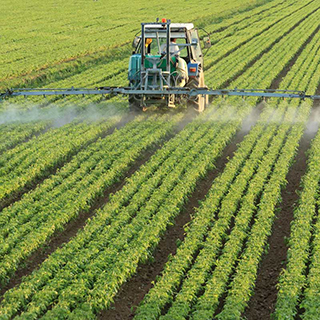Details
2006
PON1 May Indicate Disease from Pesticide Exposure

NIEHS-funded research demonstrated that a gene known as paraoxonase 1 (PON1) may serve as an important indicator for disease from pesticide exposure. The gene has been found to play a critical role in breaking down organophosphate insecticides. The high or low activity level of PON1 during pregnancy and early-life development may either protect or leave individuals who are exposed to pesticides more vulnerable.
Tags: genes
Furlong CE, Holland N, Richter RJ, Bradman A, Ho A, Eskenazi B. 2006. PON1 status of farm worker mothers and children as a predictor of organophosphate sensitivity. Pharmacogenet Genomics 16(3):183-190. [Abstract]
Berkowitz GS, Wetmur JG, Birman-Deych E, Obel J, Lapinski RH, Godbold JH, Holzman IR, Wolff MS. 2004. In utero pesticide exposure, maternal paraoxonase activity, and head circumference. Environ Health Perspect 112(3):388-391. [Abstract] [PDF]
NIEHS Research Funding:
NIEHS Programs:
- Agricultural Health Study (AHS)
- Epidemiology Branch
- Reproductive Epidemiology Group
- Reproductive & Developmental Biology Laboratory
Environmental Health Perspectives articles:
- Variable Vulnerability: Genotype Determines Timing of PON1 Capability to Detoxify Pesticides
- Risk of Brain Tumors in Children and Susceptibility to Organophosphorus Insecticides: The Potential Role of Paraoxonase (PON1)
Health Information:
More:


